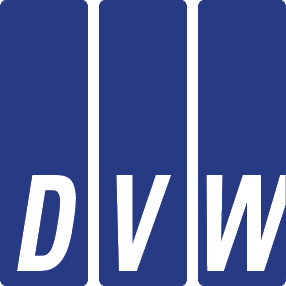Zusammenfassung
Summary
The aim of the planning method BIM (Building Information Modeling) is the development of a three-dimensional representation of buildings by means of a digital building model using 3D objects, which can be linked with object information, but also with spatial information. While the current, further developed IFC4 format allows the inclusion of further elements in the building model and contributes to error minimization, the CityGML format has been developed in the area of planning and urban development. As a result, the exchange of virtual 3D city models is achieved by means of classes, definitions and the description of the objects used in urban and regional planning. Both formats, IFC4 and CityGML, allow for a significantly improved, high-performance use of BIM as a complete method for the planning, monitoring and modeling of the built environment. This inevitably has an impact on the legal infrastructure. However, the use of the BIM working method requires comprehensive contractual arrangements as well as their compatibility with procurement law, copyright law and property law. In addition, the further development and implementation of BIM in construction, planning and building regulations must be examined. A major goal of the provision of digital building and geo-data is the support of administrative discretionary decisions. In terms of planning and building law, the standardization processes within the framework of the geo-standards of XPlanung and XBau have yielded promising approaches to »digital planning before construction«. There is currently no question of a methodical extension of »building smart« to »planning smart«. The data generated by BIM have so far not replaced any administrative discretionary decisions in the context of pre-approval and requirements of sectoral planning. Another particularly critical factor is the lack of open, up-to-date formats, which ultimately should lead to uniform data interfaces, coordination models and data platforms.

